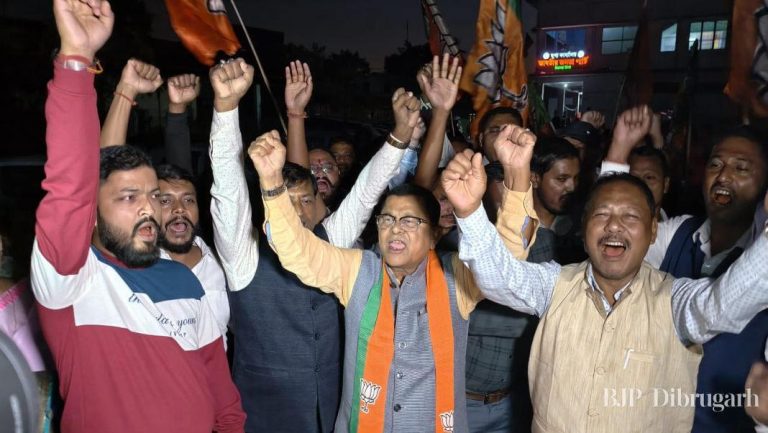
Title: Centre Caps MGNREGS Spend at 60% for First 6 Months of FY 2025-26
The Mahatma Gandhi National Rural Employment Guarantee Scheme (MGNREGS) is a flagship employment guarantee programme of the Indian government, aimed at providing a minimum of 100 days of guaranteed wage employment to adult members of rural households. The scheme has been instrumental in generating employment opportunities and improving the livelihoods of rural communities across the country. In a significant move, the Centre has capped spending under the MGNREGS at 60% of its annual allocation for the first half of FY 2025-26, marking a shift from the previous demand-driven model to a more planned approach.
According to reports, the Ministry of Rural Development has issued a directive to all states and union territories, capping the expenditure under MGNREGS at 60% of the annual allocation for the period from April 1, 2025, to September 30, 2025. This move is expected to help the Centre manage its finances and ensure that the scheme stays within its allocated budget. The decision is also seen as a step towards bringing greater transparency and accountability to the scheme.
The MGNREGS was launched in 2006 with the aim of providing a safety net to rural households and promoting rural development. The scheme was designed to be demand-driven, with the allocation of funds based on the number of job card holders and the number of days of employment provided. However, over the years, the scheme has faced criticism for its lack of transparency and accountability, with allegations of corruption and mismanagement of funds.
In an effort to address these concerns, the Centre has decided to bring the MGNREGS under the Monthly/Quarterly Expenditure Plan (MEP/QEP), a more planned and transparent approach. Under this system, the Centre will allocate funds to states and union territories on a monthly or quarterly basis, based on their performance and the number of job cards issued. This will help the Centre track the expenditure under the scheme more effectively and ensure that funds are used for the intended purpose.
The decision to cap spending under MGNREGS is expected to have several benefits. Firstly, it will help the Centre manage its finances more effectively, ensuring that the scheme stays within its allocated budget. Secondly, it will promote transparency and accountability, as the Centre will be able to track the expenditure under the scheme more effectively. Finally, it will help the Centre to focus on the most critical areas of the scheme, such as providing employment opportunities to rural households and promoting rural development.
The capping of spending under MGNREGS is also expected to have a positive impact on the rural economy. The scheme is a major source of employment for rural households, and the allocation of funds is critical to its success. By capping spending at 60% of the annual allocation, the Centre is ensuring that the scheme has a stable and predictable funding stream, which will help to maintain employment levels and promote economic growth in rural areas.
However, the decision to cap spending under MGNREGS has also raised concerns among some stakeholders. Some have argued that the cap will lead to a reduction in the number of job cards issued, which could have a negative impact on rural employment levels. Others have raised concerns about the impact on rural development, as the scheme is a critical source of funding for rural infrastructure and development projects.
In conclusion, the Centre’s decision to cap spending under MGNREGS at 60% of its annual allocation for the first half of FY 2025-26 is a significant move that is expected to promote transparency and accountability in the scheme. The decision is also expected to have several benefits, including improved financial management, increased transparency, and a focus on the most critical areas of the scheme. However, it is also important to monitor the impact of the decision on rural employment levels and rural development, to ensure that the scheme continues to meet its objectives and promote the well-being of rural households.
Source:






